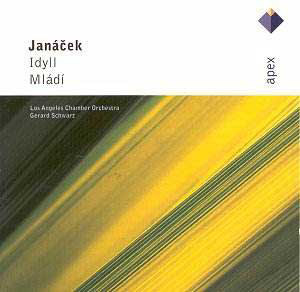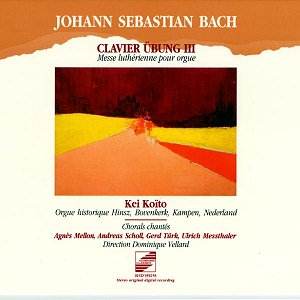 Composer: Nikolai Miaskovsky
Composer: Nikolai Miaskovsky
Works: Symphony No. 6
Performers: Slovak National Opera Choir, Czecho-Slovak Radio Symphony Orchestra, Robert Stankovsky (conductor)
Recording: The Concert Hall, Slovak Radio, Bratislava, 25-30 Mar 1991
Label: Marco Polo 8.223301
The music of Nikolai Miaskovsky often resides in the shadows cast by more prominent contemporaries, yet his Symphony No. 6, composed in 1923, emerges as a significant testament to the emotional and intellectual complexities of the early 20th century. Written in a post-World War I milieu rife with revolutionary fervor and personal loss, this symphony reflects Miaskovsky’s deep engagement with the tumultuous forces of his time. Drawing inspiration from the poetry of Émile Verhaeren, the death of his aunt, and the revolutionary songs “Ça Ira” and “Carmagnole,” Miaskovsky crafts a work that straddles the line between melancholy and defiance, ultimately laying bare the human condition amid chaos.
Stankovsky’s interpretation of Symphony No. 6 is marked by a thoughtful pacing that allows the music’s intricate emotional landscape to unfold organically. The first movement, an Allegro Vivace, juxtaposes lively themes with an underlying sense of dread, creating a tension that is both compelling and poignant. The horns and trombones, particularly around 10:10 and 5:44, emerge with a “crippled splendour” that evokes a visceral connection to the symphony’s tragic undercurrents. Unlike other interpretations, notably the more frenetic approach of Kondrashin, Stankovsky’s control and clarity allow for a richer exploration of the symphonic fabric, highlighting the thematic motifs that echo the legacy of Tchaikovsky’s darker works, such as the “Pathétique.”
The recording quality itself is commendable, with a clarity that allows individual instrumental lines to resonate distinctly within the orchestral tapestry. The Czecho-Slovak Radio Symphony Orchestra plays with a commitment that enhances the symphony’s emotional depth. The woodwinds shine in their lyrical passages, while the brass maintains an assertive presence that punctuates moments of despair. However, Stankovsky’s flautist, while competent, does not fully exploit the exquisite flute melody layered over the ostinato derived from the Dies Irae, a moment that demands a more time-suspending interpretation.
The incorporation of the Slovak National Opera Choir, albeit limited, adds a unique texture to the finale. Their brief contribution is significant; the six lines sung—echoing the sentiments of Russian raskolniks—serve as a haunting reminder of mortality and the spiritual journey, echoing the ethereal quality of Martinu’s “Epic of Gilgamesh.” The treatment of the revolutionary melodies “Ça Ira” and “Carmagnole” effectively captures the chaotic spirit of the times, though the light-hearted nature of “Ça Ira” can feel somewhat jarring against the symphony’s grave backdrop.
Comparatively, Dudarova’s recording, while technically proficient and emotionally intense, lacks the tension that Stankovsky captures. Dudarova’s interpretation, celebrated for its lyrical beauty, sometimes meanders, whereas Stankovsky’s reading is more focused and dynamic. The stark contrasts within the symphony—between the jollity of the first movement and the pervasive sense of nostalgia and catastrophe—are intricately woven in Stankovsky’s approach, creating a more cohesive narrative arc.
This recording of Miaskovsky’s Symphony No. 6 stands as an essential entry point into the composer’s oeuvre, showcasing a work that should not be relegated to the periphery of the symphonic canon. The blend of historical context, interpretive depth, and strong engineering makes it a compelling listening experience. As the Marco Polo Miaskovsky series transitions into Naxos’ budget listings, this recording not only deserves attention but also invites further exploration into the broader symphonic landscape of Miaskovsky and his contemporaries.



